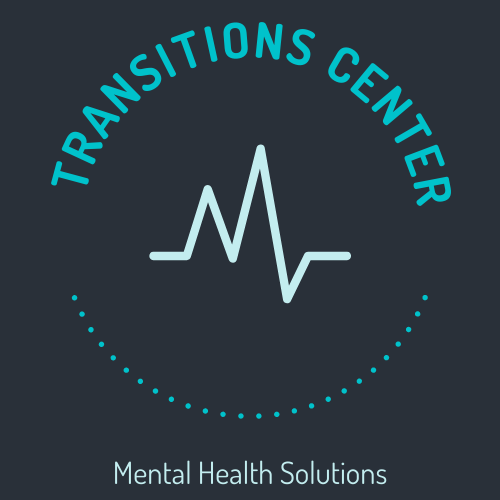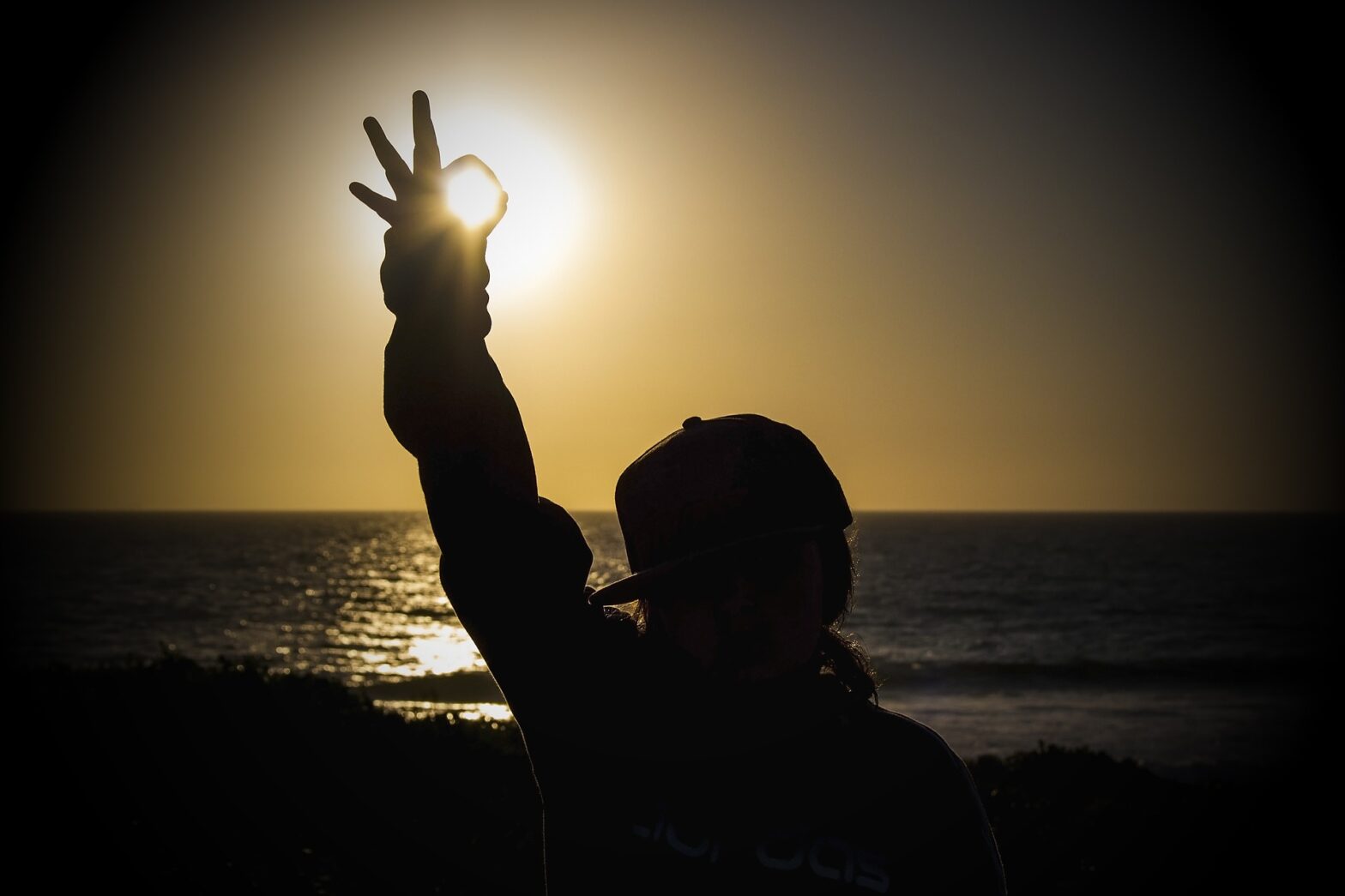Mental illness is one of the most misunderstood health conditions in our society, and one that people are more vulnerable to as they age. In fact, according to some studies there’s a correlation between age and mental illness. For example, sufferers of depression or anxiety may be less likely to seek treatment if they’re over the age of 65 because they don’t think it will work for them; but these disorders can happen at any time during life! Page Break
The most vulnerable age group to mental illness is the adolescents between ages 12-18 years old. There are many factors involved with this such as their body going through puberty which increases hormones in the brain which can increase anxiety levels or make them more prone to mood disorders like depression or bipolar disorder. The school environment can have a significant effect on mental health as well, and studies show that lower levels of academic achievement or progress correlate with higher risk for developing a mental illness such as depression. Depression is very common among adolescents who are bullied at school and this may affect an individual’s self-esteem negatively.
10 Reasons Why Ages 12-18 Are Vulnerable to Mental Illness
1. The brain is not fully developed in the age range of 12–18 years old. This means that kids’ brains are still developing, and this can have a huge impact on how their mental illnesses manifest themselves. For example, studies show that anxiety disorders could be caused by abnormal levels of stress hormones or an imbalance in neurotransmitters because they haven’t yet had enough time to develop properly.
2. Teens also tend to experience more emotional highs and lows than adults do due to increased hormone production during puberty, which makes them more susceptible to experiencing mood swings from one moment to another without any warning signs at all. It is important for parents who notice these changes in emotions—especially if it seems sudden or irrational—to monitor their children and to try to figure out what is triggering these mood changes.
3. Teens are also more prone to risk taking behaviors, which can exacerbate mental illnesses or make them worse. This may be because teens have not yet developed a sense of safety in the world—which comes with age and experience as well as maturity—so they could feel like anything goes even if it leads down some dark paths that lead nowhere good. It is important for parents who notice their kids engaging in high-risk behavior such as drug use or drinking alcohol without thinking about the consequences to take steps towards talking about this type of thing openly so both parent and child know how serious it actually is.
4. Puberty has an impact on teens’ emotional states. It is a time when kids are gaining access to their sexuality, and they may be looking for new ways to experience this newfound sexual freedom which could lead them into physical relationships that don’t always involve consent. This increases the risk of experiencing violence or becoming victims of sexual assault in some way, shape or form—which can then increase mental illness symptoms as well.
5. Many teens also suffer from body image issues because of how difficult it can be living with puberty’s changes and increased awareness about one’s attractiveness (or lack thereof) at an age where there isn’t really much you can do about any perceived flaws other than learn to accept yourself more fully on your own terms rather than trying so hard to change what you can’t change.
6. Teenagers are also more prone to substance abuse than adults because of the increased risk taking behavior and desire for adventure they experience as a result of their maturing brain, which can make them vulnerable to mental illnesses related to addiction such as depression or anxiety. There is actually an increase in rates of suicide among teens who have been diagnosed with drug addictions—particularly when it comes down to heroin use by adolescents aged 12–18 years old. This means that parents should be mindful about how much time kids spend unsupervised around substances like alcohol or drugs so they don’t develop these types of problems themselves.
7. Teens may also feel lonely during this age range if they do not have any friends at school that they feel close to and can talk with. This feeling of loneliness or isolation could contribute to mental illnesses if teens don’t have any other way to express themselves or experience friendship than through social media, texting, etc.—which are not the same as in-person contact.
8. Teens also have a higher risk for anxiety disorders when compared with adults because their brains haven’t fully developed yet which is why it’s important for parents who notice these changes–especially sudden mood swings–to monitor their children more closely so they know what might be triggering them. Anxiety disorder symptoms include feelings of panic, fearfulness, restlessness, and irritability. These types of issues need professional attention rather than just being left alone without any acknowledgement because this could lead to more severe mental illnesses.
9. The final reason why adolescents 12 years old and up are considered vulnerable to mental illness is because their brain chemistry is still developing, which means there can be chemical imbalances that make them take risks without thinking about the consequences or feeling like anything goes even if it leads down some dark paths with no payoff at all. The lack of impulse control during these early stages in life also increases the risk for substance abuse issues. All of this causes a perfect storm where kids could have access to substances, feel isolated from their peers and family members, not know how they’re supposed to process what’s going on inside–and then relieve those feelings by harming themselves physically through self-injury or cutting.
10. It is important to note that the vulnerabilities discussed above are not always a predictor for mental illness because there may be other factors like genetics, trauma or abuse by another person that can also play into whether someone develops an anxiety disorder. The goal of this blog post is simply to highlight these risk factors so parents and children alike know what signs they should watch out for and how to help themselves before it’s too late.
Mental illness is a serious topic with consequences that are often overlooked. Many people have the misconception that mental health issues only affect adults, but in reality this age group (12-18) has been found to be especially vulnerable.
About the Authors
Transitions Center for Natural Mental Health Treatments for a variety of physical and mental dependency issues and conditions. Substance use disorders are difficult to understand for many people. The physical and mental aspects of any substance disorder are complicated and unique to the individual suffering. The differences between physical and psychological dependency vary but have some similarities. Transitions Center for Natural Mental Health Treatments help the public know what to look for as a means of helping a loved one cope with the challenges of mental health disorders.
Mary Jane’s CBD Dispensary cbd oil online is legal. If you’re looking for a solution to pain relief, anxiety or insomnia without the harmful side effects of pharmaceutical drugs, Mary Jane’s CBD Dispensary is your place. They offer high-quality and affordable cannabis products that will help improve your life as well as those around you. Stop by their online shop today!

